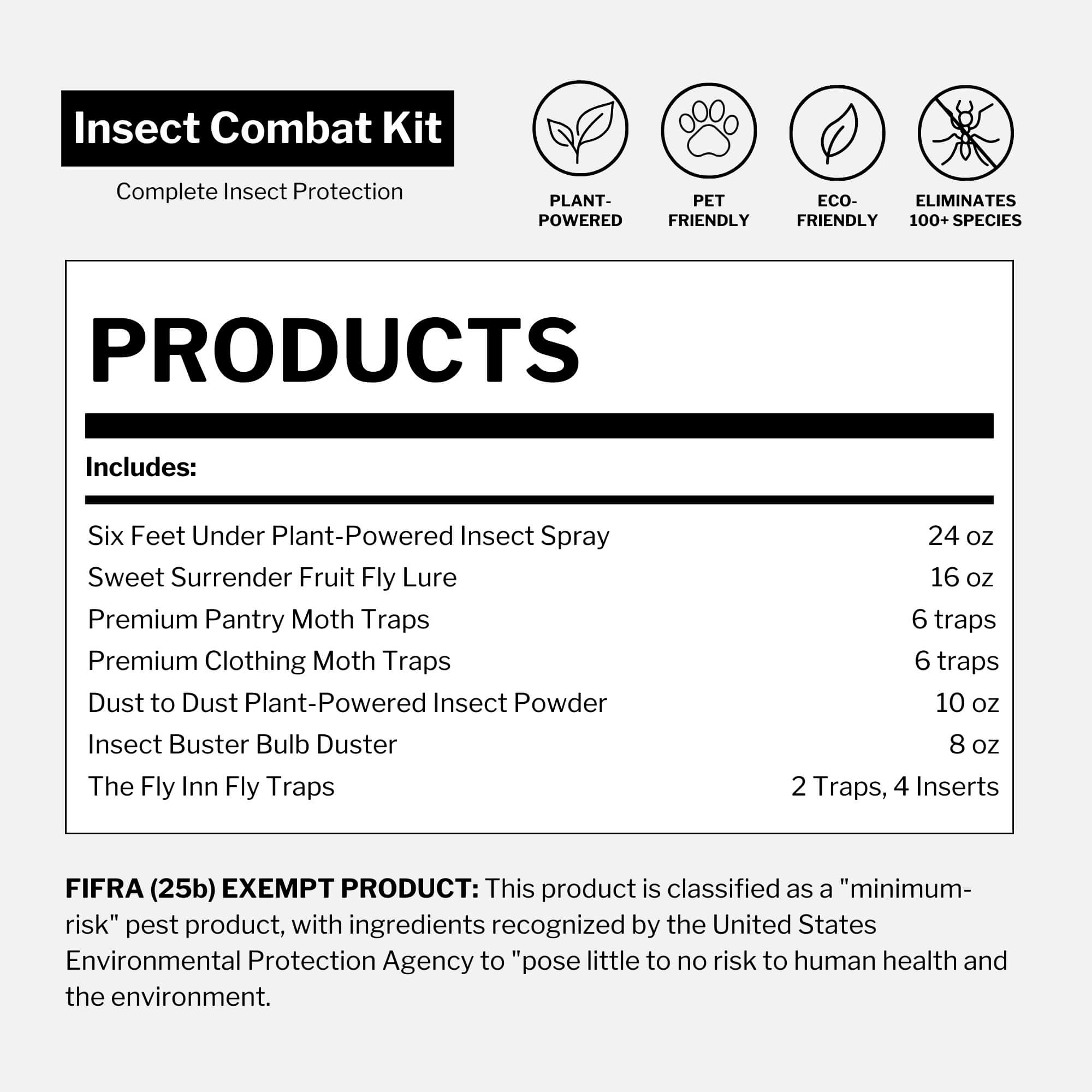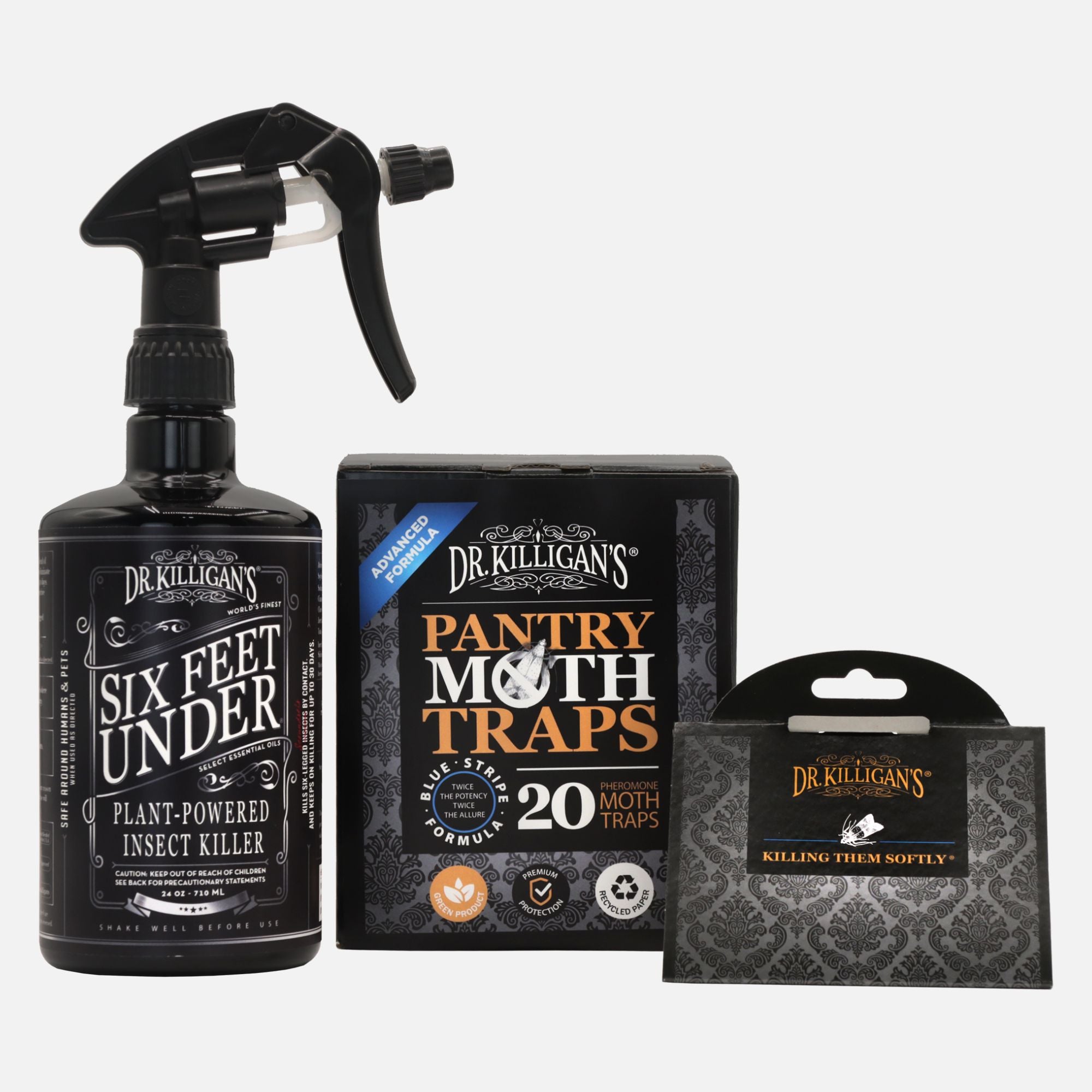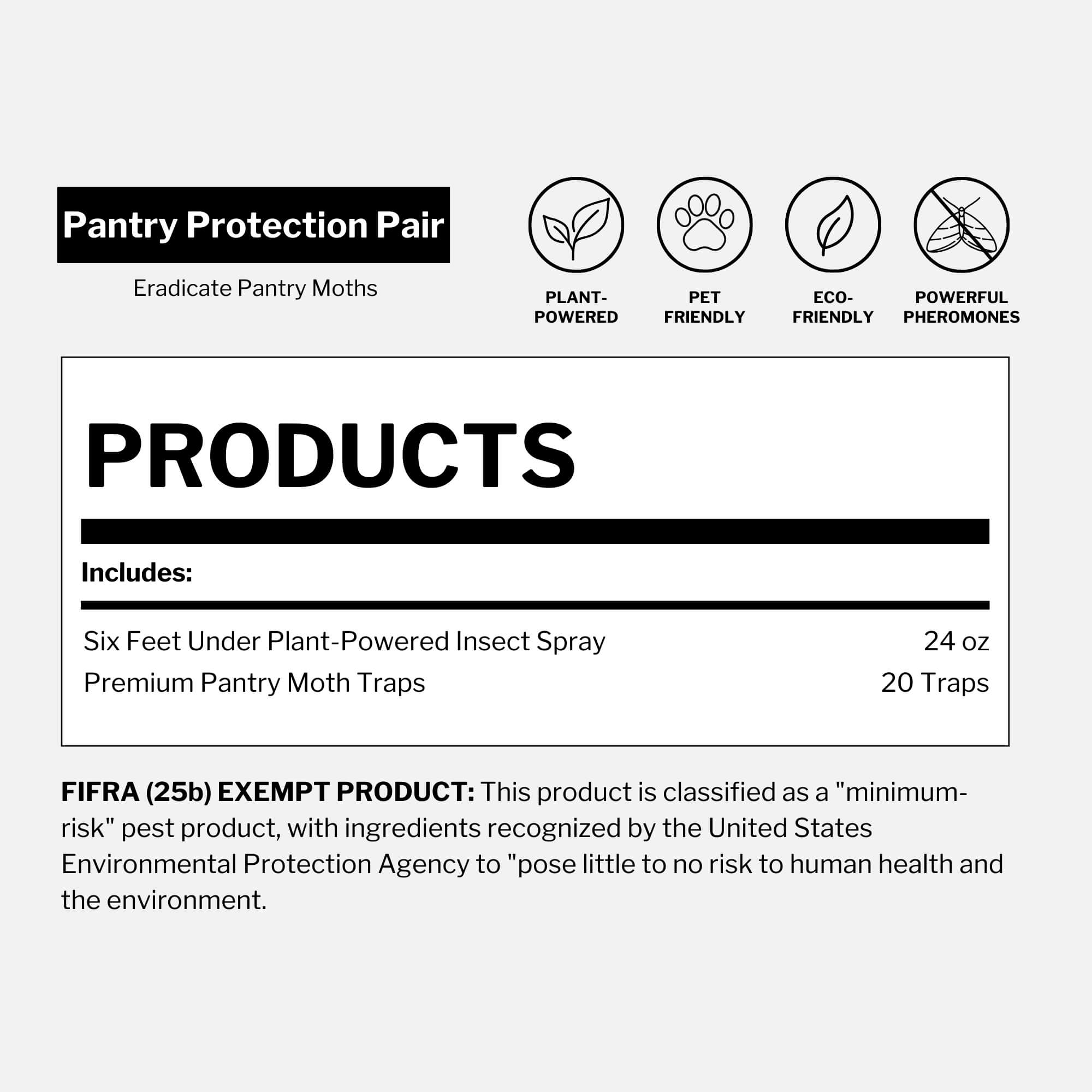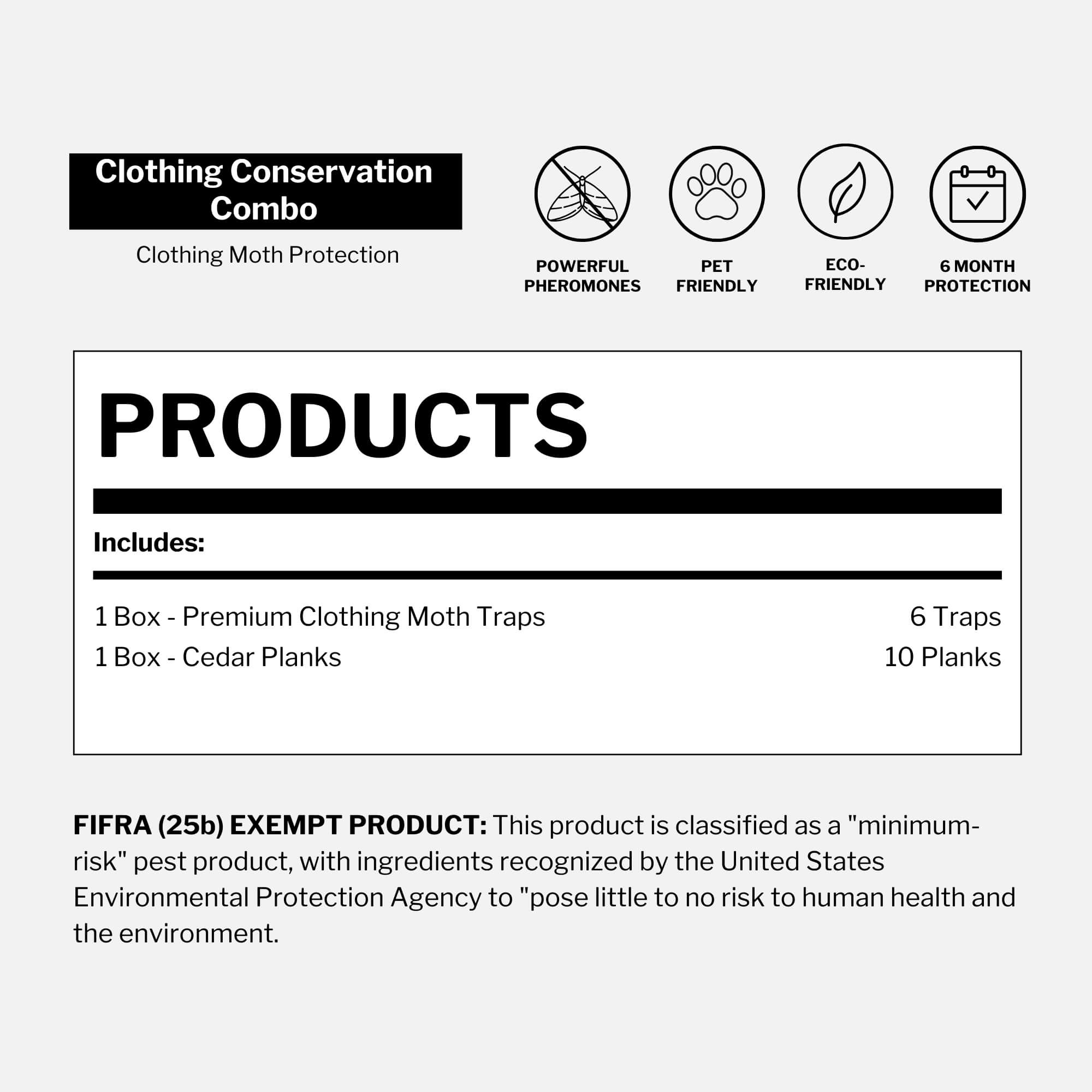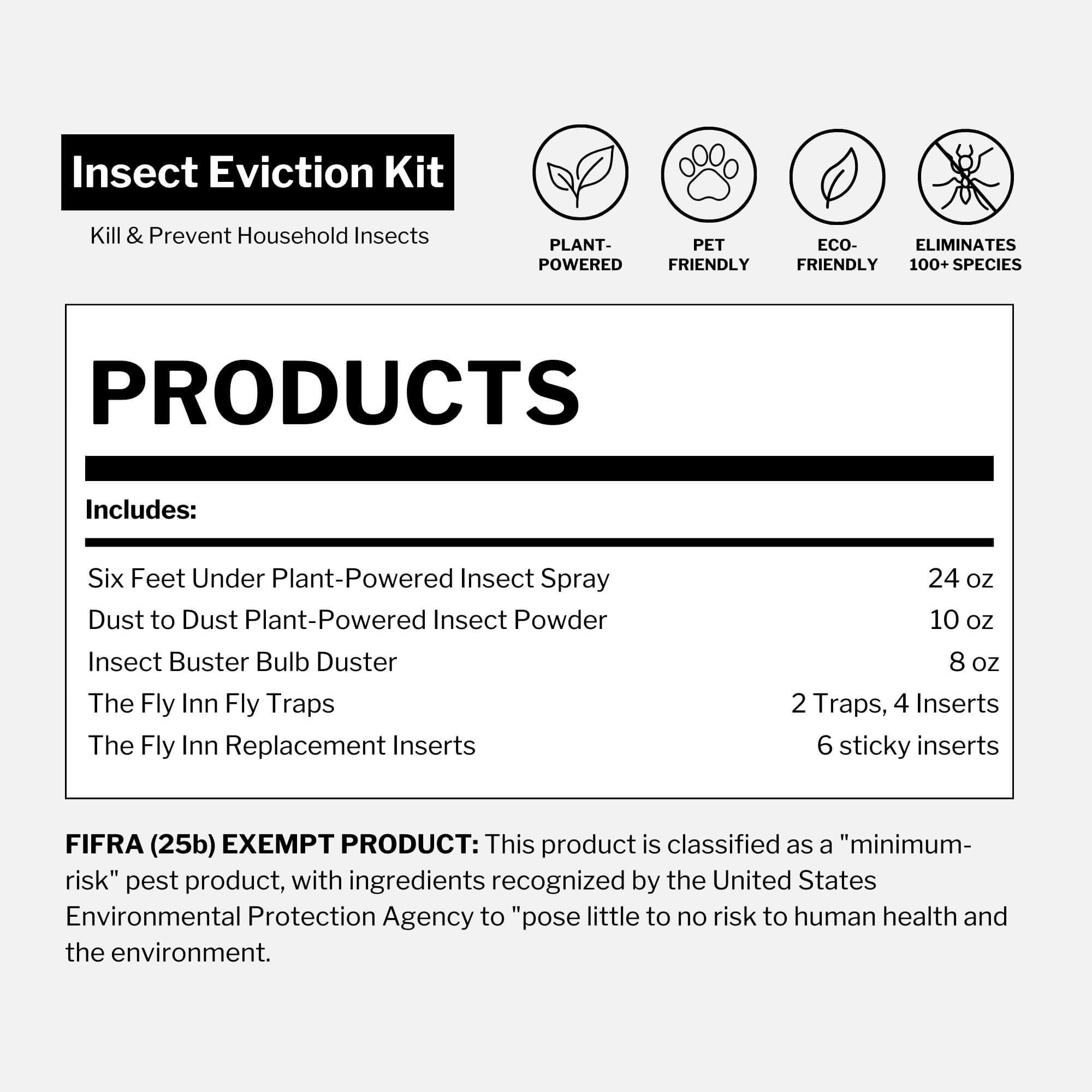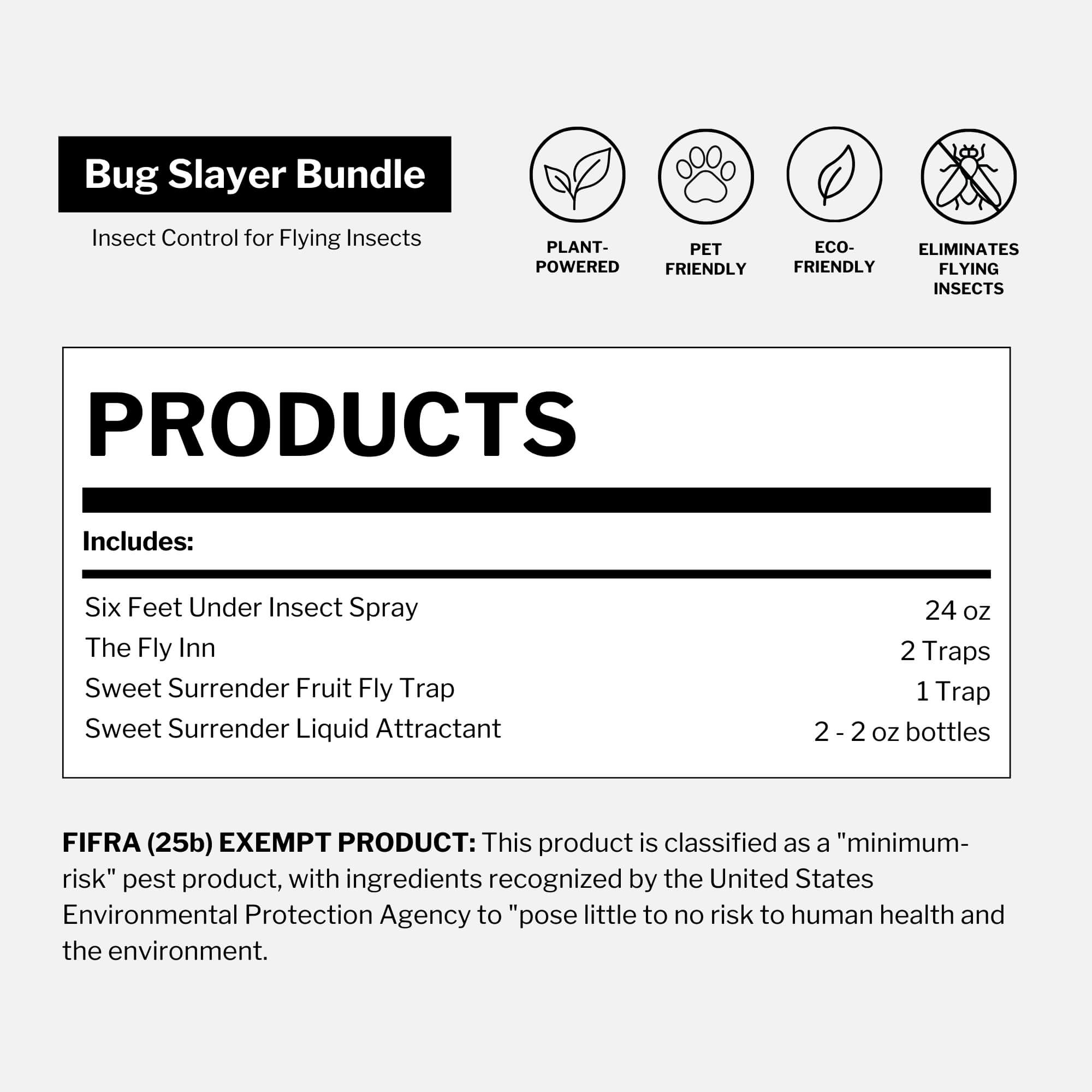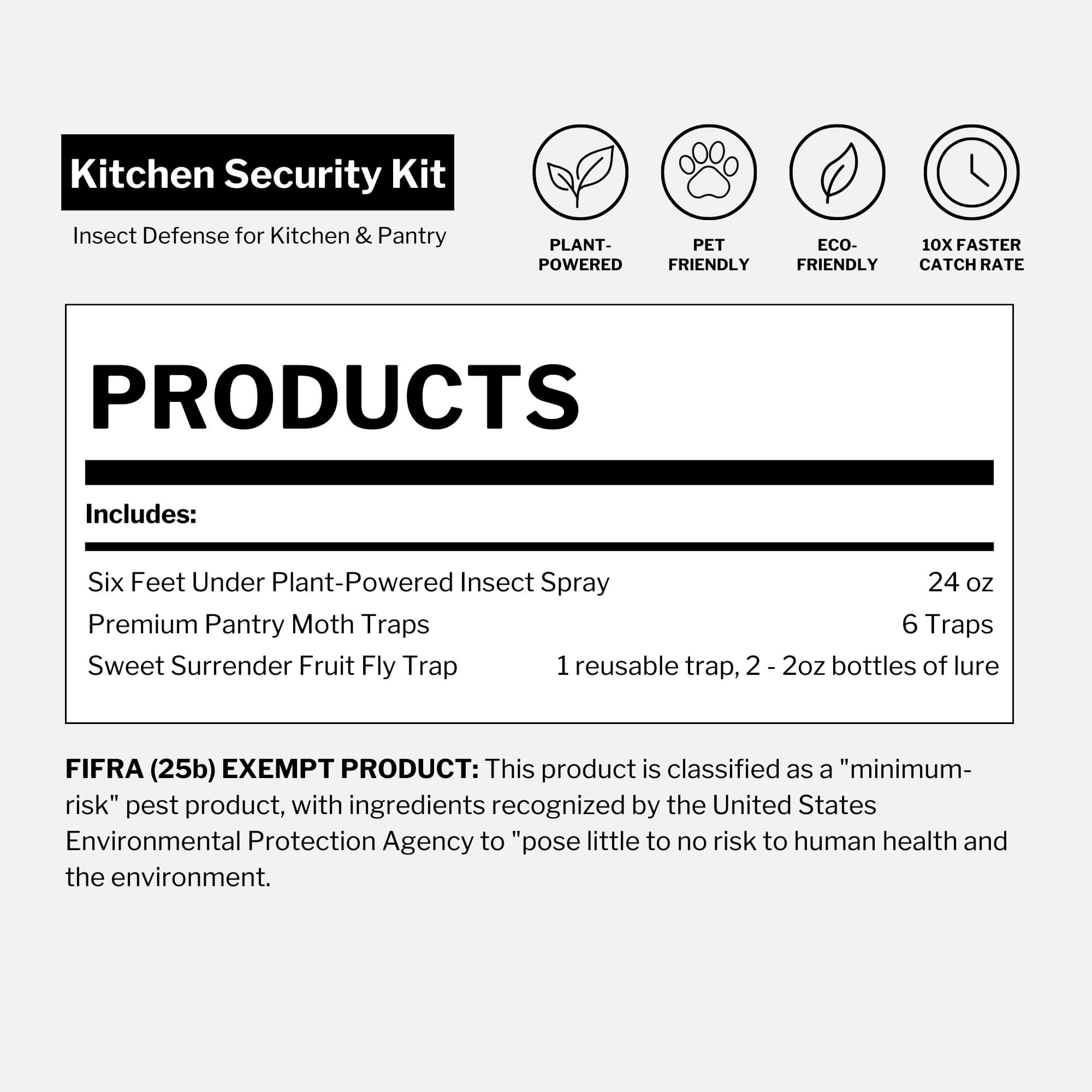Updated on July 24th, 2025
Some ants are masters of deception—harmless at heart, but dressed to intimidate.
In the vast world of ants, a few species stand out not for their bite or sting, but for their clever mimicry. These ants imitate more dangerous insects, gaining protection through appearance alone.
Let’s explore three fascinating examples of ant mimicry and the surprising reasons behind their disguises.
The bullet mimic ant: A harmless lookalike of the bullet ant

Found in regions from Mexico to Costa Rica, the bullet mimic ant (Pseudomyrmex ferrugineus) is often mistaken for the notorious bullet ant (Paraponera clavata)—an insect infamous for delivering one of the most painful stings in the world—rated 4+ on the Schmidt Sting Pain Index.
But the mimic is just that—a lookalike. It lacks the venomous sting, potent pheromones and aggressive defense mechanisms of the true bullet ant. Instead, it relies on Batesian mimicry, a form of defensive deception where harmless species mimic dangerous ones to ward off predators.
With its reddish-brown coloring, long legs and slender, wasp-like body, the bullet mimic ant convincingly imitates the intimidating bullet ant. This clever disguise offers protection: predators that have suffered the excruciating sting of P. clavata are likely to avoid anything that looks remotely similar.
The mimicry serves a crucial evolutionary function—survival through illusion. As detailed in recent taxonomic studies, P. ferrugineus belongs to a group of acacia-dwelling ants.
Sources: University of California, Davis; National University of Singapore (NUS) blog
The velvet ant: Cow killer in disguise?
Despite their name, velvet ants aren’t ants at all. These striking insects are actually wingless wasps from the Mutillidae family—often mistaken for ants due to their segmented bodies and ground-scuttling behavior.

Their vibrant, velvety coats in shades of red, black or white aren’t just for show. These warning colors help deter predators, while their tough exoskeleton makes them harder to kill. Some species—like the red velvet ant and the black-and-white panda ant—have become internet-famous thanks to their bold looks and folklore-worthy sting.
And yes, that sting is real. Female velvet ants are equipped with a long, powerful stinger, which is why they’ve earned the dramatic nickname: “cow killer ant.” While it won’t kill a cow (or a person), the sting ranks among the most painful of any insect in North America.
Still, these wasps aren’t aggressive. Unless handled or threatened, they pose no danger to humans. In fact, they’re beneficial insects, often parasitizing the larvae of ground-nesting bees and wasps.
Common names you may have heard:
- Cow killer ant—Named for its infamously painful sting, rumored (and exaggerated) to be strong enough to kill a cow. The female's sting is one of the most painful in the insect world.
- Red velvet ant—Refers to the insect’s dense, velvety coat with vibrant red or reddish-brown coloring. These large, ground-dwelling wasps can reach up to ¾ of an inch in length.
- Panda ant—A nickname given to a black-and-white species whose fuzzy appearance resembles a panda. Despite the cute name, their sting still packs a punch.
Sources: Clemson University Extension; North Carolina State University Extension
Dracula ant: Nature's fastest hunter with a vampiric twist

Don’t let the name fool you—Dracula ants (Mystrium camillae) are more than just eerie namesakes. These elusive insects are masters of mimicry, often resembling jumping spiders with their slender bodies and jerky leg movements. This clever disguise allows them to blend into spider territory and prey on spider-associated resources without triggering alarm. But their talent for impersonation is just the beginning.
What truly sets Dracula ants apart is their record-breaking speed. According to research from the University of Illinois, they possess the fastest known animal appendages on Earth. Their mandibles can snap shut at an astonishing 90 meters per second (over 200 mph)—a motion faster than a human finger snap and strong enough to stun or kill prey instantly. This high-speed strike is powered by a unique spring-loading mechanism built directly into their jaws, making them an evolutionary marvel in the insect world.
But speed isn’t their only strange trait. Dracula ants get their name from their vampire-like feeding behavior. Instead of hunting outside the colony, adult ants feed on their own larvae—specifically, they tap into the hemolymph, a blood-like fluid, by gently piercing the larvae’s exoskeletons. It’s a survival strategy that seems gruesome, but causes no lasting harm to the young.
Despite their spooky moniker and startling speed, Dracula ants are harmless to humans. They focus on intra-colony sustenance and arthropod prey, not people. Their bizarre biology and behavior are just one example of how diverse—and surprising—the world of ants can be.
Source: University of Illinois, College of Liberal Arts & Sciences
How can Dr. Killigan’s help?

While bullet mimic ants, velvet ants and Dracula ants are fascinating, they’re not the ones invading your pantry. Many other ant species, however, are all too eager to make your home their own—drawn by the warmth, moisture and food it provides.
That’s why I always keep Dust to Dust on hand. This plant-powered powder is designed for both indoor and outdoor use. With active ingredients like silica, peppermint oil and rosemary oil, it both repels ants and brings their march to a permanent halt. It’s safe when used as directed around people and pets and can even benefit your garden.
To apply, I fill my Insect Buster about three-fourths full and dust along ant trails, entry points, cracks and the perimeter of my home. With Dust to Dust in your toolkit, you can confidently reclaim your space—no harsh chemicals needed.
While Dust to Dust is my go-to powder for ants, I also recommend the Six Feet Under Barricade Household Insect Kit for a comprehensive defense against a variety of household pests. This plant-powered spray forms a protective barrier that keeps insects out and your home pest-free.





